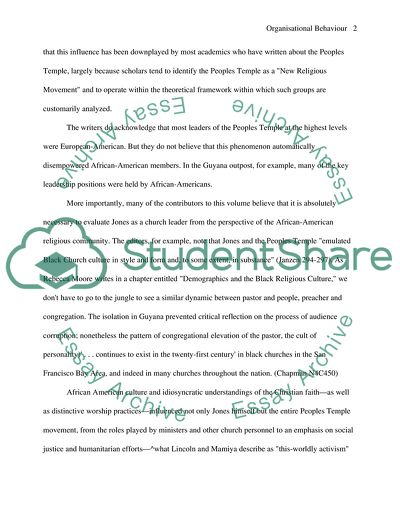Cite this document
(Peoples Temple and Black Religion in America Term Paper, n.d.)
Peoples Temple and Black Religion in America Term Paper. Retrieved from https://studentshare.org/literature/1706534-black-religion
Peoples Temple and Black Religion in America Term Paper. Retrieved from https://studentshare.org/literature/1706534-black-religion
(Peoples Temple and Black Religion in America Term Paper)
Peoples Temple and Black Religion in America Term Paper. https://studentshare.org/literature/1706534-black-religion.
Peoples Temple and Black Religion in America Term Paper. https://studentshare.org/literature/1706534-black-religion.
“Peoples Temple and Black Religion in America Term Paper”. https://studentshare.org/literature/1706534-black-religion.


